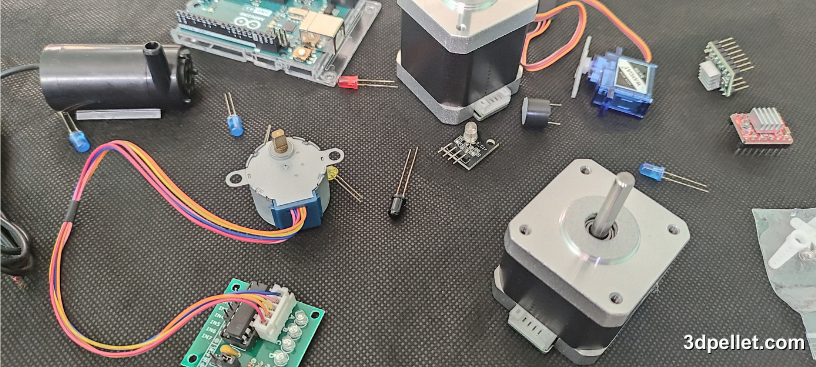Actuators: power and control

An actuator is a device or component that converts a control signal into a physical movement or action. In other words, its main function is to execute or “act” according to the instructions received. These devices are essential in automatic systems and control systems, where it is required to convert electrical, pneumatic, hydraulic or other forms of energy signals into mechanical movement.
Actuators are used in a wide variety of applications, from industrial and robotic systems to home devices. They can be powered electrically, pneumatically, hydraulically, or even by other forms of energy, depending on the application and specific system requirements.
Some common examples of actuators include electric motors that rotate to produce mechanical motion, pneumatic cylinders that generate linear motion using compressed air, and hydraulic valves that control fluid flow to perform certain actions. These devices are essential for process automation and control in a variety of industries.
The way the actuators are controlled really depends on the type of component we have. The simplest way is to simply turn something on or off, while the most advanced is to control the amount of voltage a component receives (for example, the speed of a motor).
To control actuators on Arduino, it is common to use the digitalWrite() and analogWrite() functions.
Stepper motor with A4988 driver and Arduino
Tutorial on how to control the movement of a stepper motor using the A4988 controller and Arduino.
How to Control a Servo Motor Using Arduino
Learn how to control a servo motor with Arduino. Connections, PWM signal, and programming with a potentiometer for robotics and automation projects.
How to Use a Relay with Arduino
Discover what a relay is and how to use it with Arduino to control high-power devices safely. Tutorial with examples and wiring guide.
How to Use a Solid State Relay with Arduino
Discover what an SSR (Solid State Relay) is and how to use it with Arduino to safely control high-power devices. Tutorial with examples and connection guide.